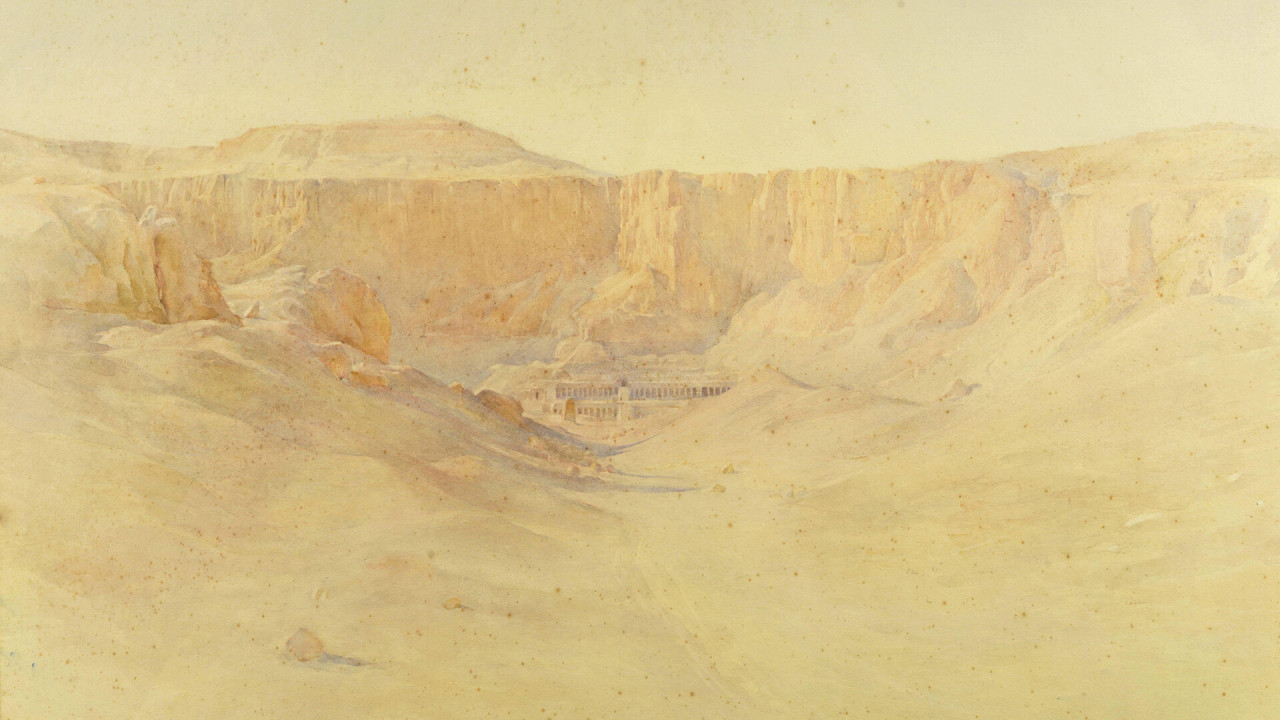
We would be remiss if digitalEPIGRAPHY did not commemorate Howard Carter in some way on the 100th anniversary of...
Written by Júlia Schmied
Read more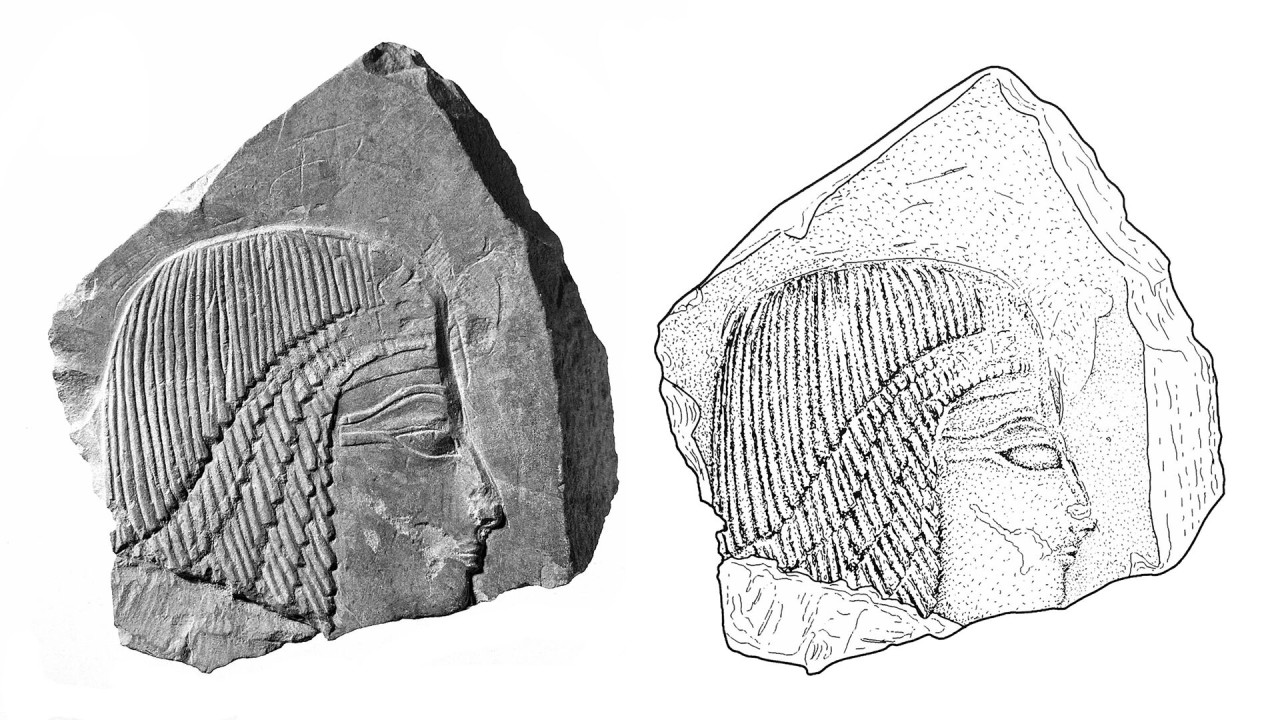
The Swiss archaeological mission "MISR: Mission Siptah-Ramses X." excavated the tombs of Siptah (KV 47) and Ramses X...
Précis and commentary by Júlia Schmied
Read more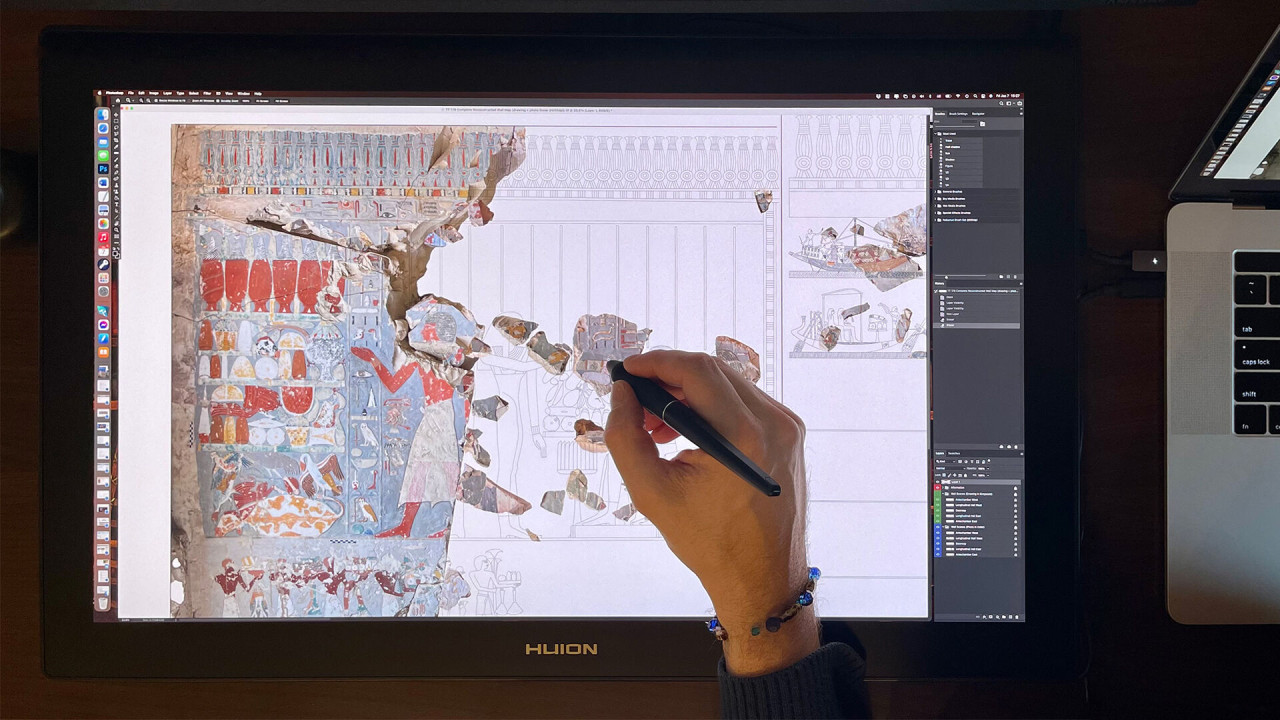
When transferring the Epigraphic Survey’s documentation procedure from traditional ink drawings to digitally...
Krisztián Vértes
Read more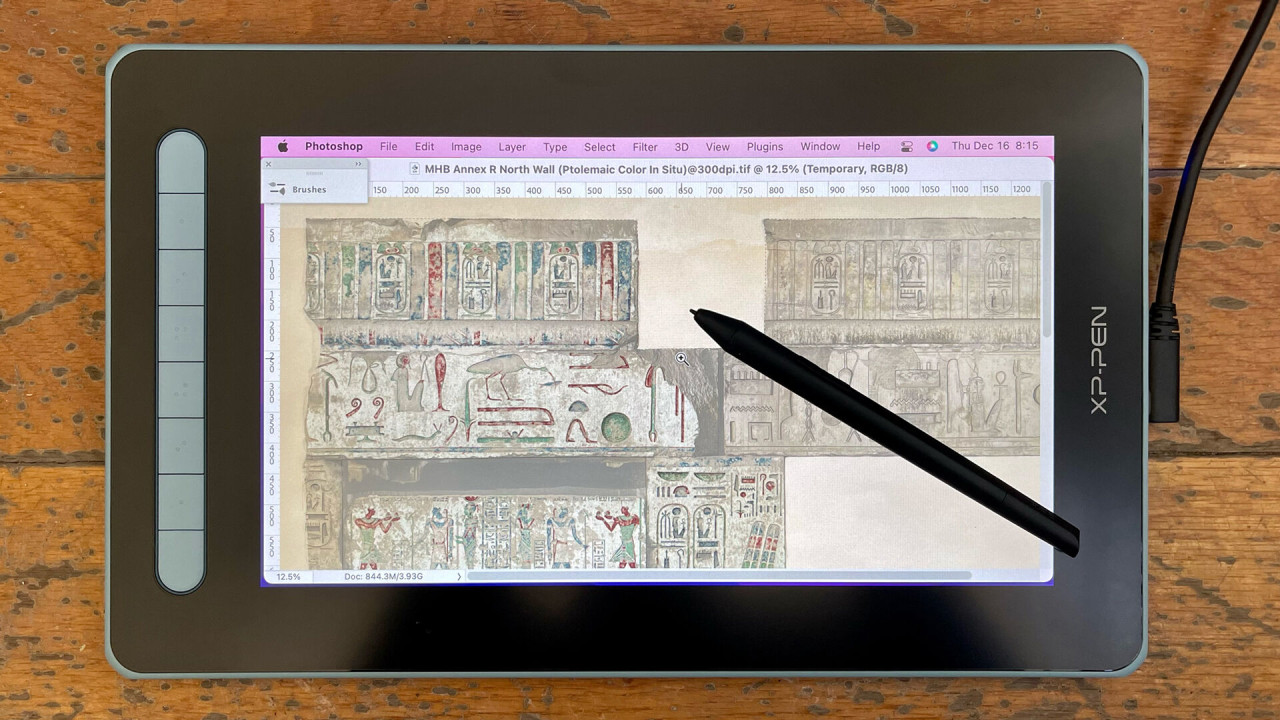
The review of XP-PEN's 2nd Generation Artist 12 pen display is aimed at those colleagues not wanting to learn new...
Krisztián Vértes
Read more
The Q620M is one of the many screenless pen tablets Huion currently sells, and not the cheapest option at that....
Krisztián Vértes
Read more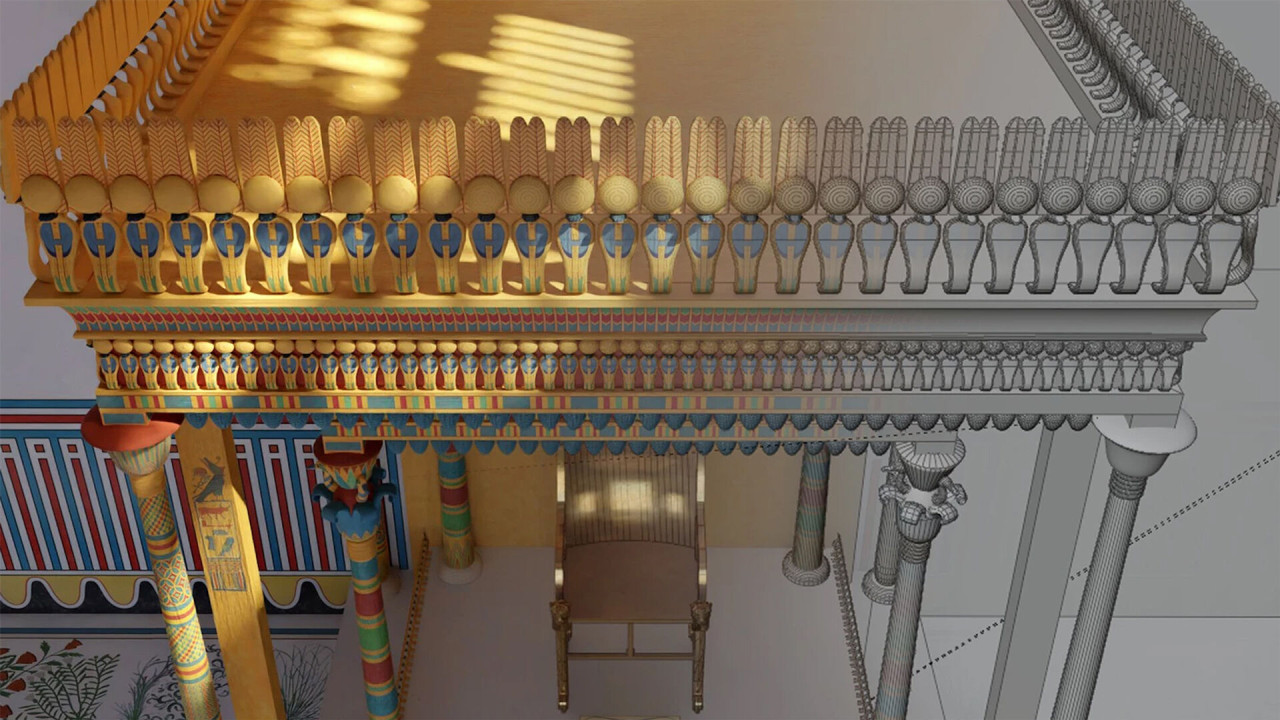
Franck Monnier and Paul François began the digital reconstruction of the palace of Amenhotep III at Malqata in 2016,...
Précis and commentary by Júlia Schmied
Read more